Center for Agribusiness and Economic Development
-

This publication describes forest farming (also known as forest gardening), which can be defined as cultivation of plants under a forest canopy. It includes suggestions for appropriate plants for cultivation in the Southeast.
Holly Campbell
|
-
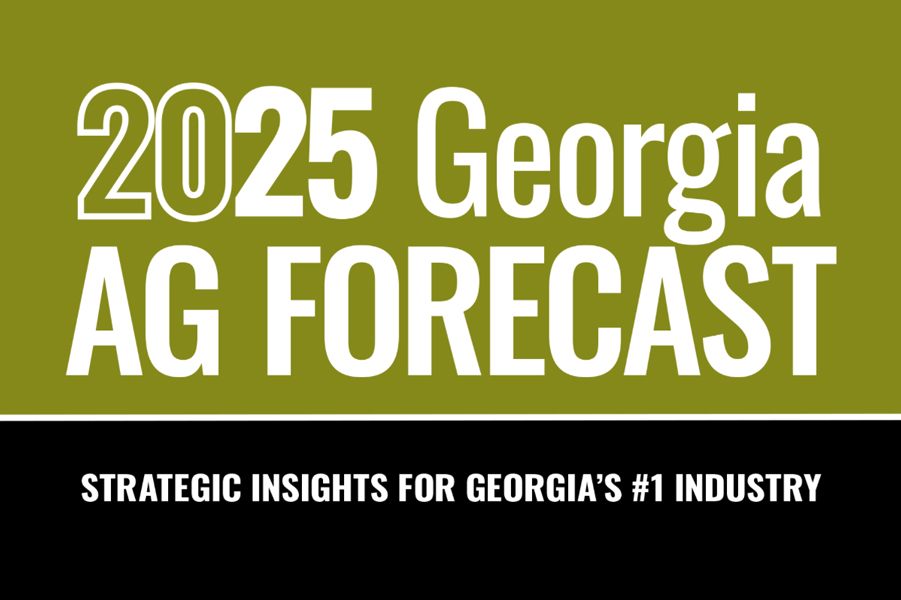
AP 130-3-14
Direct-to-Consumer Sales
1. We expect a growing importance of direct-to-consumer (DTC or D2C) sales in Georgia’s agricultural economy. The share of farms involved in DTC sales over time will remain steady, and there will be an increase in DTC sales as a share of total farm sales.
2. The dominance of large-scale operations will drive sales value.
3. Farmers markets will gain traction, either in-person or online, supported by nonprofit organizations or Extension services.
4. Consumer-supported agriculture (CSA) operations have faced some challenges in Georgia, including declining sales and fewer returning customers.
5. Online sales via platforms like Barn2Door are getting popular among farmers and shoppers surfing on convenience.
6. State branding remains key in increasing awareness and visibility of Georgia Grown agricultural and food products.Vanessa P. Shonkwiler and Angie Im
|
-
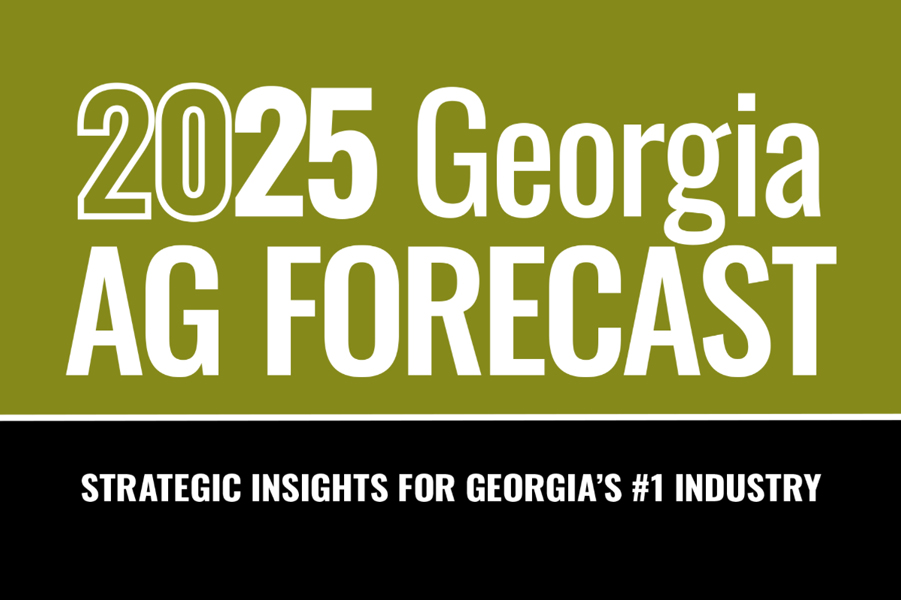
1. For Georgia breweries, the year was marked by slowed growth and heightened competition amongst craft brewers, with production volume continuing to decrease moving forward. Georgia distilleries also saw a sizable contraction in 2023, attributed primarily to an increase in out-of-state distilleries and new products entering the market—especially at competitive price points. Wineries were the only beverage segment in Georgia to experience growth, driven largely by tourism demand and increased product quality, which should carry momentum into the future.
2. Each beverage segment should continue to focus on growing on-premise sales and activities, leveraging consumer interest and demand for craft and quality to develop more dynamic experiences with tours and tastings, as well as increased opportunities to purchase products directly.
3. Given the highly competitive nature of the alcoholic beverage industry, Georgia’s breweries, wineries, and distilleries need to differentiate themselves. Marketing and communicating their locality is one relatively easy way to achieve this. This could include sourcing local ingredients, becoming more involved with the community by hosting events or sponsorships, or developing strategic partnerships with local restaurants to offer their products as signature or house exclusives.Daniel Remar
|
-
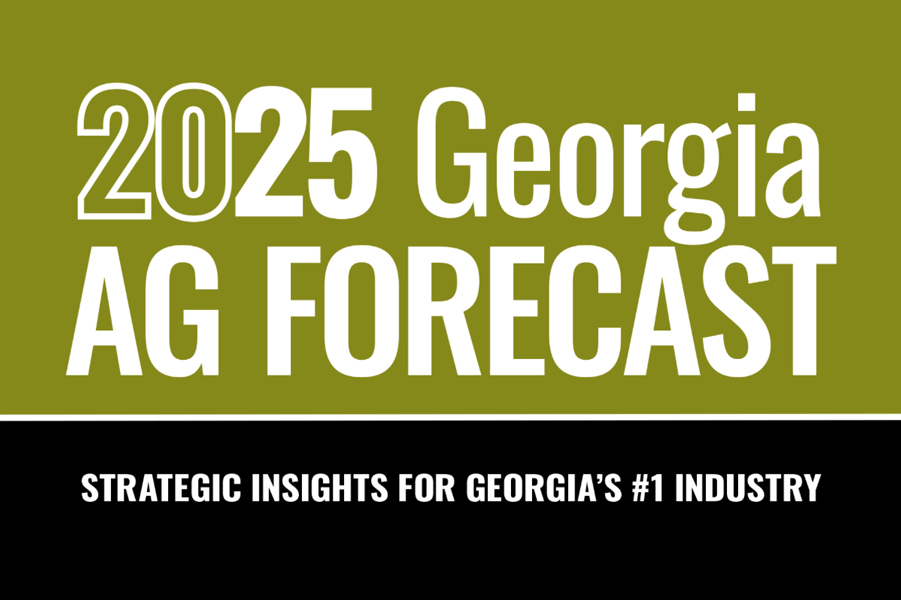
AP 130-3-01
2025 Overall U.S. and Georgia Economic Outlook
Each year, UGA’s agricultural economists develop a comprehensive overview to help various sectors of the agriculture industry navigate the year ahead. As Georgia’s land-grant university, the University of Georgia conducts cutting-edge research on critical and emerging issues that are important to the agriculture industry. From this research, UGA provides the best information and education available to producers and constituents to equip them with knowledge and decision-making tools for their businesses. Forecast by Jeffrey M. Humphreys, UGA, Director of the Selig Center for Economic Growth.
Ben Campbell
|
-
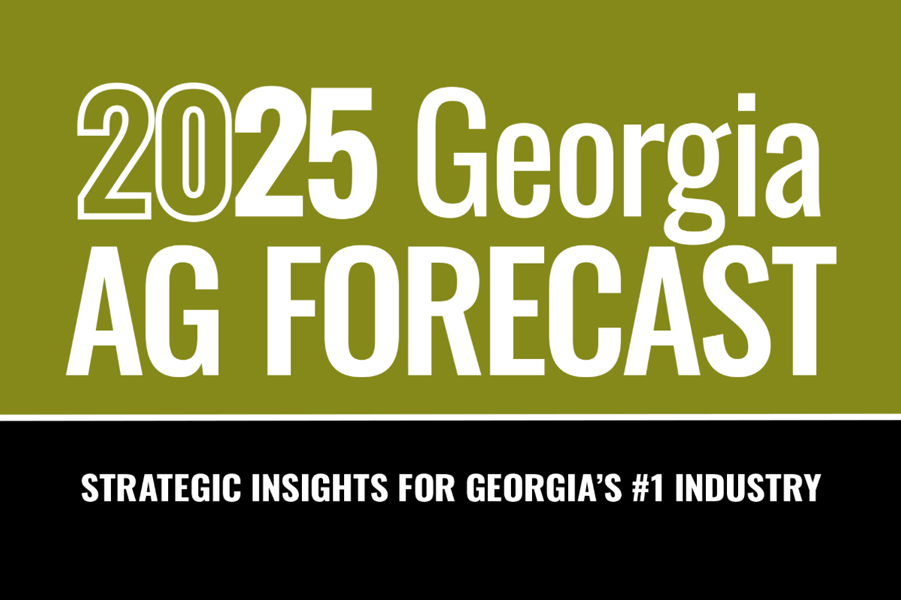
AP 130-3-17
Georgia’s Food & Beverage Industry 2025 Outlook
1. Consumer spending on food away from home increased in 2023, both nationally and in Georgia, driving overall food spending growth and reflecting a national trend of continued consumer preference for dining away from home.
2. Georgia’s industry should continue to experience growth in full-service restaurants, limited-service restaurants, and all other food and drinking places.
3. Because of their relatively lower labor and operating costs, limited-service restaurants have experienced the most significant growth both in year-over-year and 5-year periods and should continue to increase at a fast pace.Daniel Remar
|
-
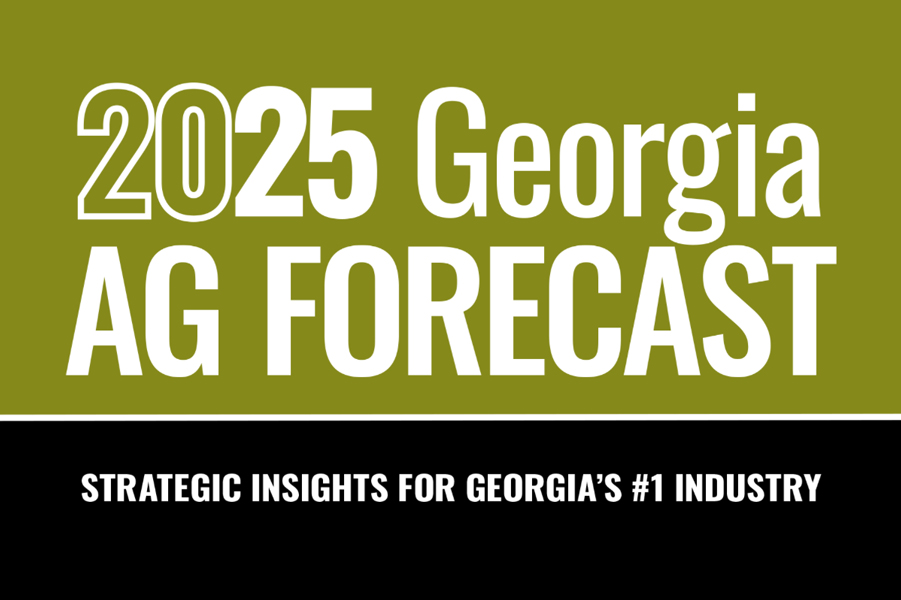
AP 130-3-02
2025 Georgia Agriculture Outlook
1. Food price growth in 2025 is projected to align with inflation at around 2.5%, although prices for food consumed away from home are expected to remain higher than those for food consumed at home. Commodity prices are forecast to trend downward in the near term, with stability anticipated in the medium term.
2. According to the most recent USDA farm income forecast, declining crop prices are expected to outweigh revenue gains from animal products, combined with slightly reduced input costs, leading to lower national net farm income in 2024.
3. USDA projections indicate a decline in net farm income of 4.1% in nominal terms and 6.3% in inflation-adjusted terms nationally in 2024. However, these projections will not apply to Georgia because of the significant damages caused by Hurricane Helene, which resulted in lost output and infrastructure.
4. Looking forward to 2025 and beyond, numerous geopolitical risks combined with various proposed policies—including tariffs and retaliation, immigration controls, tax policies, energy strategies, and inflation-targeted monetary policies—contribute to ongoing uncertainties surrounding U.S. and Georgia agricultural economic outcomes.Gopinath (Gopi) Munisamy
|
-
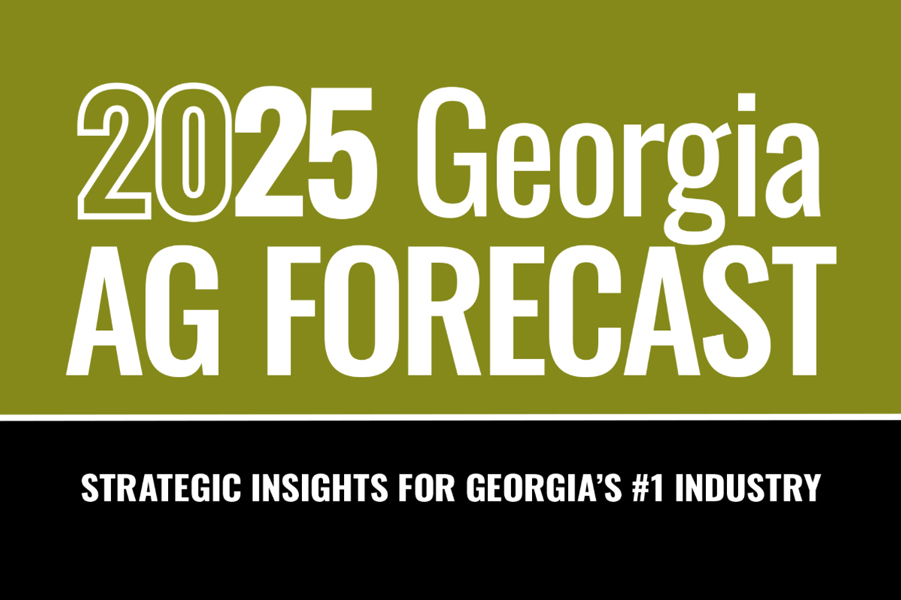
AP 130-3-03
2025 Inputs and Production Expenditures Forecast
1. U.S. farm production expenditures declined by a moderate 4.1% in 2024 compared to 2023, but remained elevated relative to recent decades, totaling $453.9 billion.
2. Forecasted U.S. farm production expenses for 2024 show increases in labor, livestock/poultry purchases, and property taxes/fees, along with reductions in feed purchases, fertilizer, pesticides, and fuel/oil.
3. In 2025, we expect relatively stable total production costs as reductions in categories such as interest on operating capital and fertilizer are expected to be mostly offset by increases in categories such as labor and custom operations.Guy Hancock
|
-
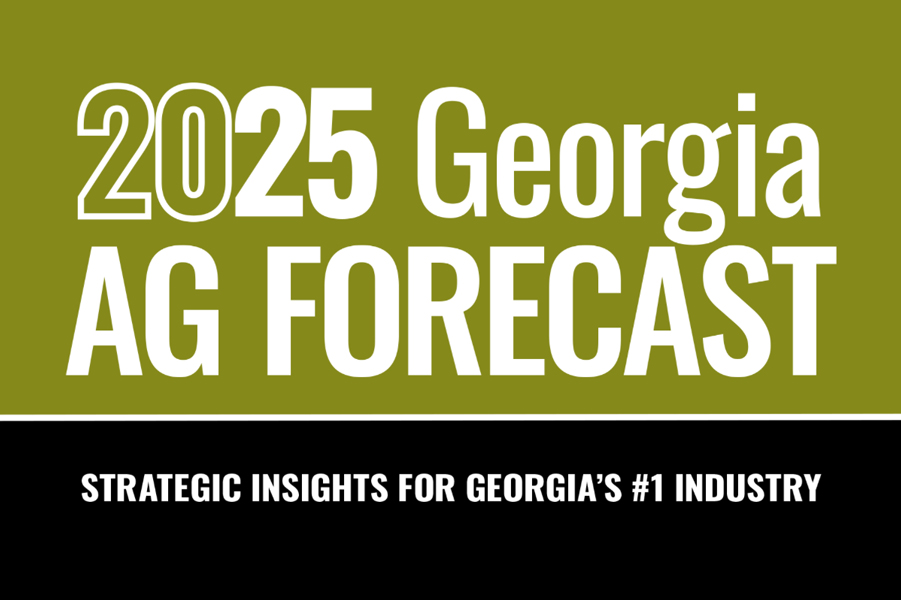
AP 130-3-04
2025 Georgia Broiler Industry Forecast
1. The outlook in 2025 for the Georgia broiler industry is one of cautious optimism.
2. The significant risk is market fundamentals—will production growth overshoot demand and cause prices to fall?
3. Other areas to watch include relatively low exports, animal protein price competitiveness, and potential grower-contract regulations.William Secor
|
-
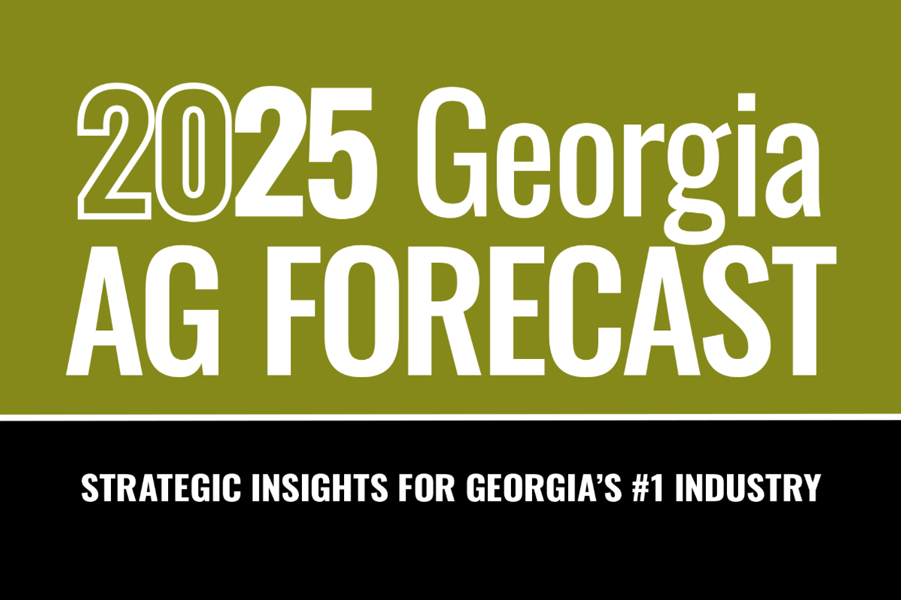
AP 130-3-05
2025 Georgia Beef Cattle Forecast
1. The 2025 outlook for the beef cattle sector is positive with low supplies meeting high demand to create elevated prices.
2. In the near term, the higher risk appears to be beef demand—because of likely high beef prices and ample animal protein competition in the year ahead.
3. Herd rebuilding indicators should be watched carefully as the cattle cycle may be approaching its next low in 2025.William Secor
|